1. Letting Kids Play Outside Unsupervised

Back in the ’50s, parents weren’t hovering over their kids every second. It was common for children to spend hours outside, roaming the neighborhood, climbing trees, and riding bikes without an adult constantly watching. While that might sound risky by today’s standards, it helped kids develop independence and problem-solving skills. They learned how to navigate social situations, settle minor disputes, and explore the world on their own terms. Plus, fresh air and exercise were built into their daily routines without structured playdates or scheduled activities says the Times.
Of course, times have changed, and safety concerns are real. But the core idea—giving kids space to explore and take small risks—is still valuable. Finding ways to encourage independence, like letting kids walk to a friend’s house or play in the backyard without supervision, can help build confidence. Even small freedoms, like letting them figure out their own homework struggles before stepping in, can foster resilience adds Vogue.
2. Eating Meals as a Family

Dinner time in the ’50s was non-negotiable—everyone sat down together at the table, no distractions allowed. This routine wasn’t just about eating; it was a time to connect, talk about the day, and reinforce family values. Kids learned table manners, patience, and the art of conversation just by being present. Studies now back up what ’50s parents seemed to instinctively know: eating meals together strengthens family bonds and benefits children’s emotional well-being shares MSN.
These days, busy schedules and technology make shared meals trickier, but even a few nights a week can make a difference. Turning off the TV, putting away phones, and simply sitting together over a meal—whether home-cooked or takeout—keeps the tradition alive. It’s not about perfection; it’s about making time for real conversations says 100.7 WITL.
3. Assigning Kids Chores
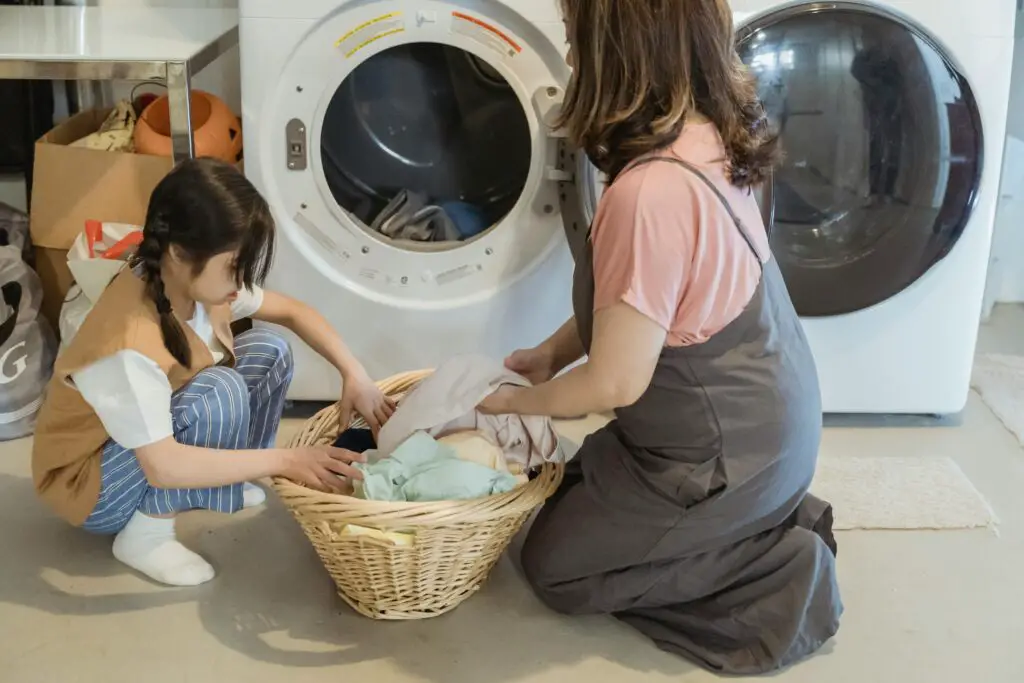
Back in the ’50s, kids weren’t just expected to help out around the house—they were required to. Whether it was setting the table, washing dishes, or mowing the lawn, every child had a role. Parents believed in teaching responsibility early, and kids grew up understanding that contributing to the household was just part of life. It also gave them a sense of accomplishment and prepared them for adulthood.
Modern parents sometimes hesitate to assign chores, worried about overloading their kids. But studies show that children who do chores tend to be more self-sufficient and capable later in life. Even simple tasks, like making their bed or feeding the family pet, can instill responsibility. The trick is making chores an expected part of the routine rather than a punishment.
4. Sending Kids to Bed Early

The idea of an early bedtime might feel outdated, but parents in the ’50s were onto something. Kids were typically in bed by 7 or 8 p.m., ensuring they got plenty of rest. Science now confirms that sleep is essential for growth, learning, and emotional well-being. Well-rested kids tend to be happier, more focused, and less cranky—something every parent can appreciate.
With modern distractions like tablets and late-night activities, bedtime can be a struggle. But setting a consistent routine with wind-down time, like reading a book or dimming the lights, can make a big difference. Prioritizing sleep isn’t just about avoiding meltdowns—it helps kids perform better in school and develop healthier habits for life.
5. Encouraging Free Play
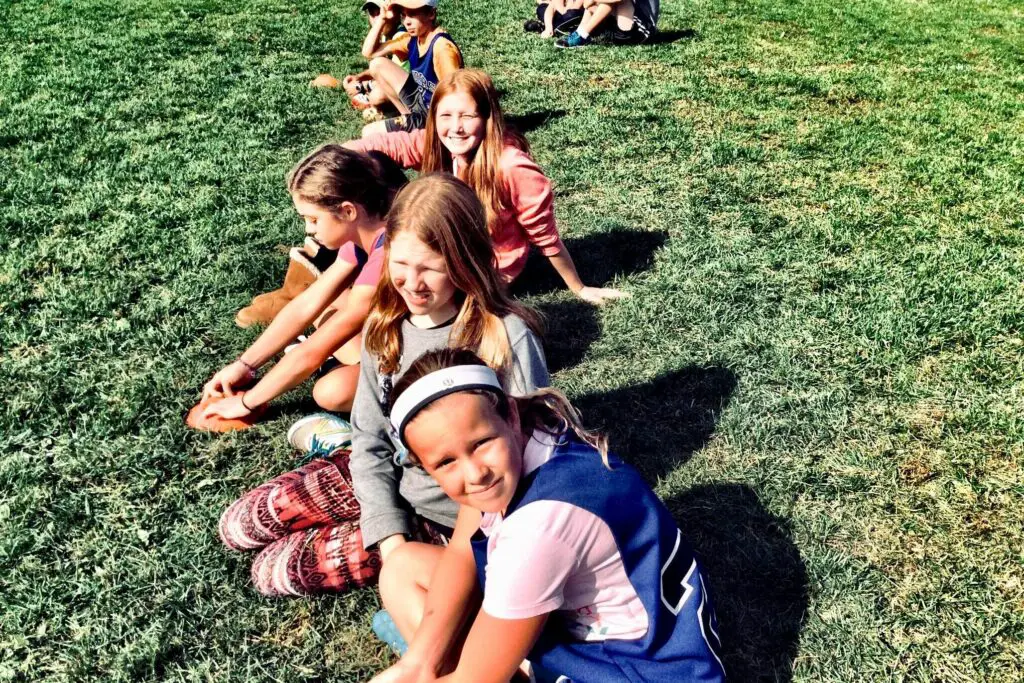
Parents in the ’50s didn’t feel pressured to entertain their kids 24/7. Instead of structured activities, children were expected to amuse themselves with simple toys, outdoor games, and their own imaginations. This kind of free play fosters creativity, problem-solving, and social skills. Without adults stepping in to organize every moment, kids learned how to manage boredom and come up with their own fun.
While today’s kids have endless entertainment options, they still need time for unstructured play. Cutting back on screen time and giving them space to play without interference can encourage creativity. Whether it’s building forts, playing pretend, or inventing games with friends, free play is just as valuable now as it was back then.
6. Expecting Good Manners
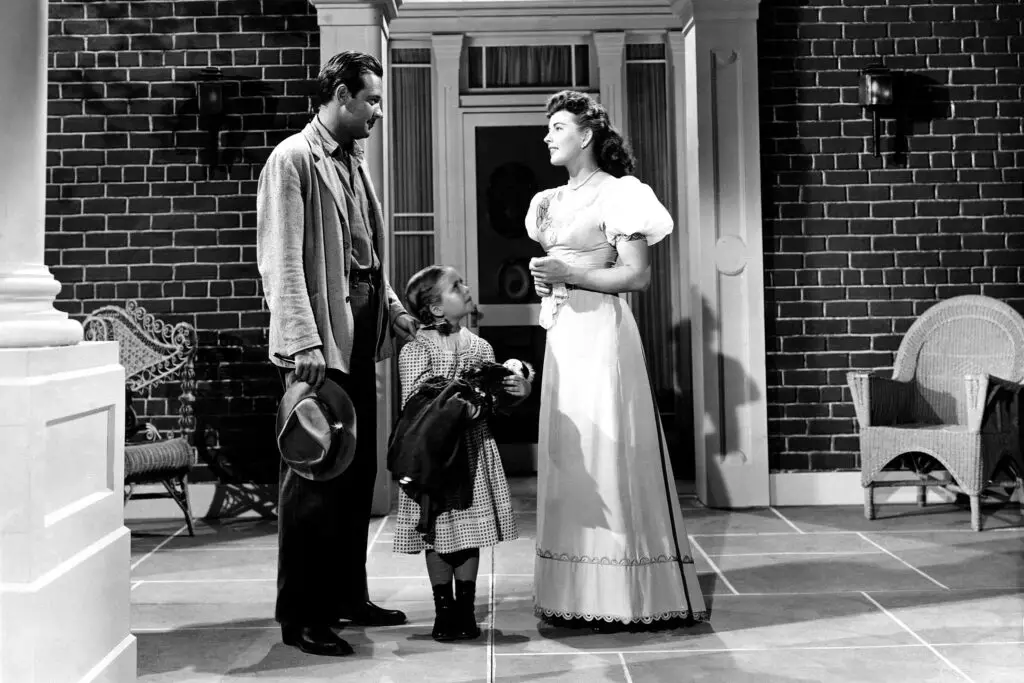
In the ’50s, politeness wasn’t optional—it was a requirement. Kids were taught to say “please” and “thank you,” address adults respectfully, and show gratitude. Table manners, writing thank-you notes, and holding doors open were everyday expectations. This emphasis on respect helped children grow into considerate adults who understood the importance of kindness and social etiquette.
While parenting styles have evolved, good manners never go out of style. Teaching kids to be polite, even in small ways, can set them apart and help them build positive relationships. Simple habits like making eye contact, greeting others properly, and expressing appreciation go a long way.
7. Limiting Toys and Gifts
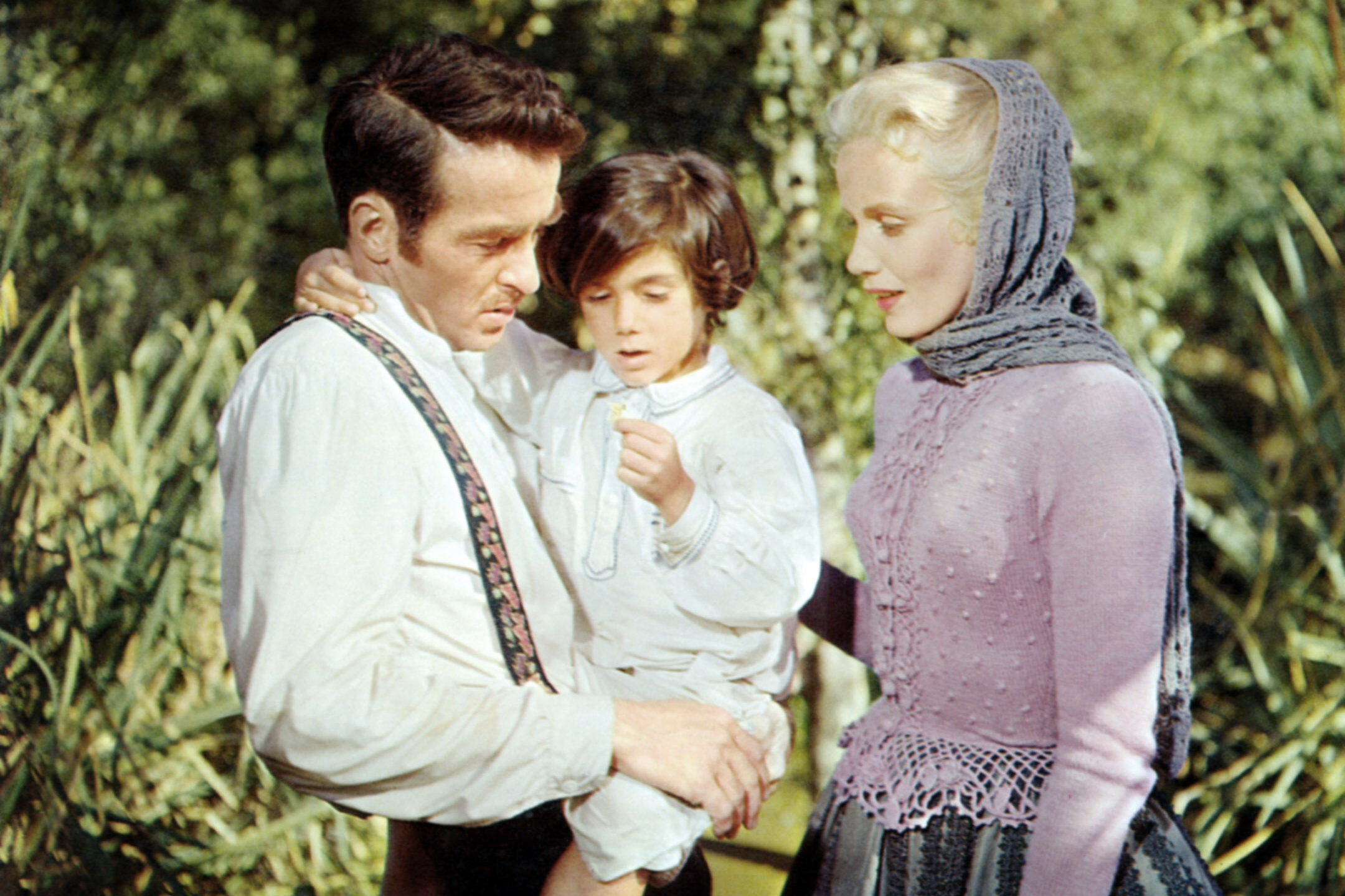
Kids in the ’50s didn’t have overflowing toy boxes or closets stuffed with gadgets. Instead, they had a few cherished toys and made the most of them. Less choice meant more creativity—they built worlds with blocks, played dress-up with old clothes, and cherished their dolls or train sets. They also learned to take care of what they had instead of expecting replacements.
While modern consumer culture encourages excess, there’s wisdom in keeping things simple. Fewer toys can lead to more imaginative play and a greater appreciation for what kids do have. Rotating toys or emphasizing quality over quantity can keep clutter down while still allowing kids to have fun.
8. Walking or Biking Everywhere
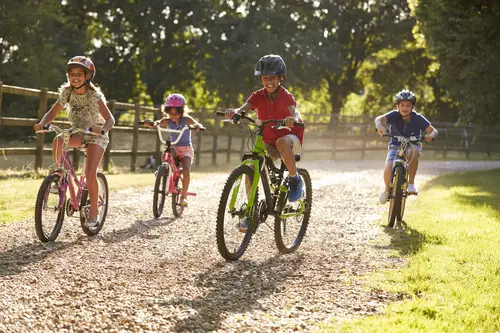
In the ’50s, kids weren’t constantly chauffeured from place to place. They walked or biked to school, their friend’s house, or the local store. This independence gave them exercise, fresh air, and a sense of freedom. It also taught them road safety and how to navigate their surroundings responsibly.
These days, busy roads and safety concerns make this harder, but finding ways to incorporate walking or biking can be beneficial. Even short trips, like walking to the park instead of driving, help build independence and healthy habits. Encouraging kids to be more active, when safe, is a small shift that makes a big difference.
9. Letting Kids Experience Consequences
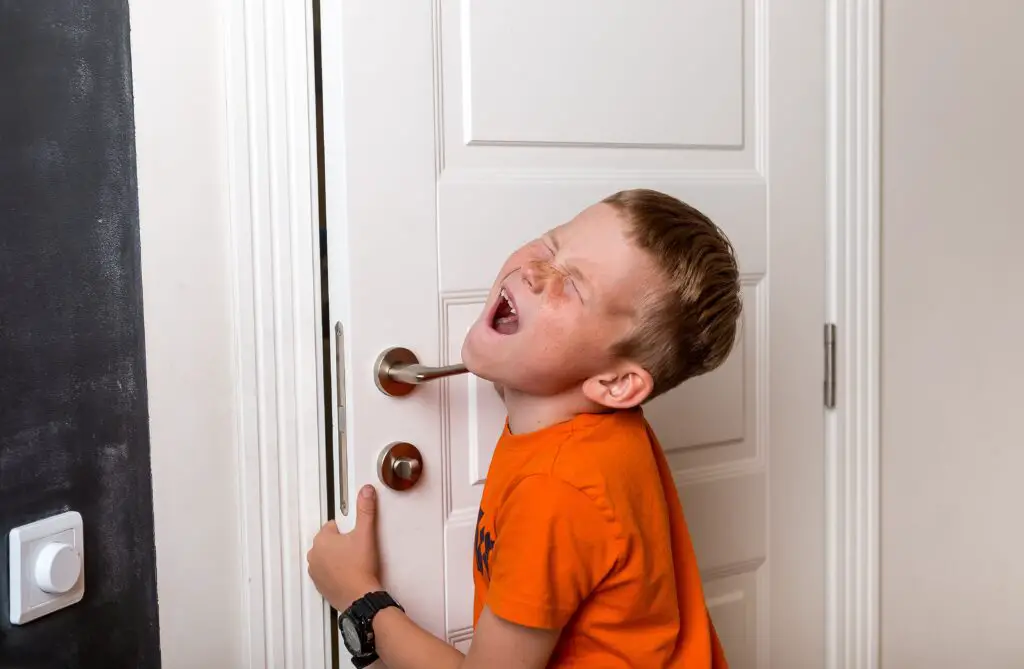
’50s parents didn’t rush to rescue their kids from every mistake. If a child forgot their lunch, they went hungry until the next meal. If they spent all their allowance too quickly, they had to wait until the next week. These natural consequences taught responsibility without lectures or punishments.
It’s tough to watch kids struggle, but letting them experience small failures builds resilience. Instead of fixing every problem, guiding them through it helps them develop problem-solving skills. Sometimes, the best lesson is learned the hard way.
10. Keeping Screen Time Nonexistent

In the ’50s, the only “screen time” kids had was maybe an hour of TV in the evening. Instead of being glued to a screen, they spent time outdoors, reading, or playing with friends. There was no constant distraction from social media, video games, or binge-worthy shows.
While eliminating screens entirely isn’t realistic today, setting boundaries is still a good idea. Encouraging outdoor play, creative activities, or even just screen-free meals can help kids balance tech use. The key is making sure screens don’t replace real-life experiences.
11. Teaching Kids Basic Life Skills Early
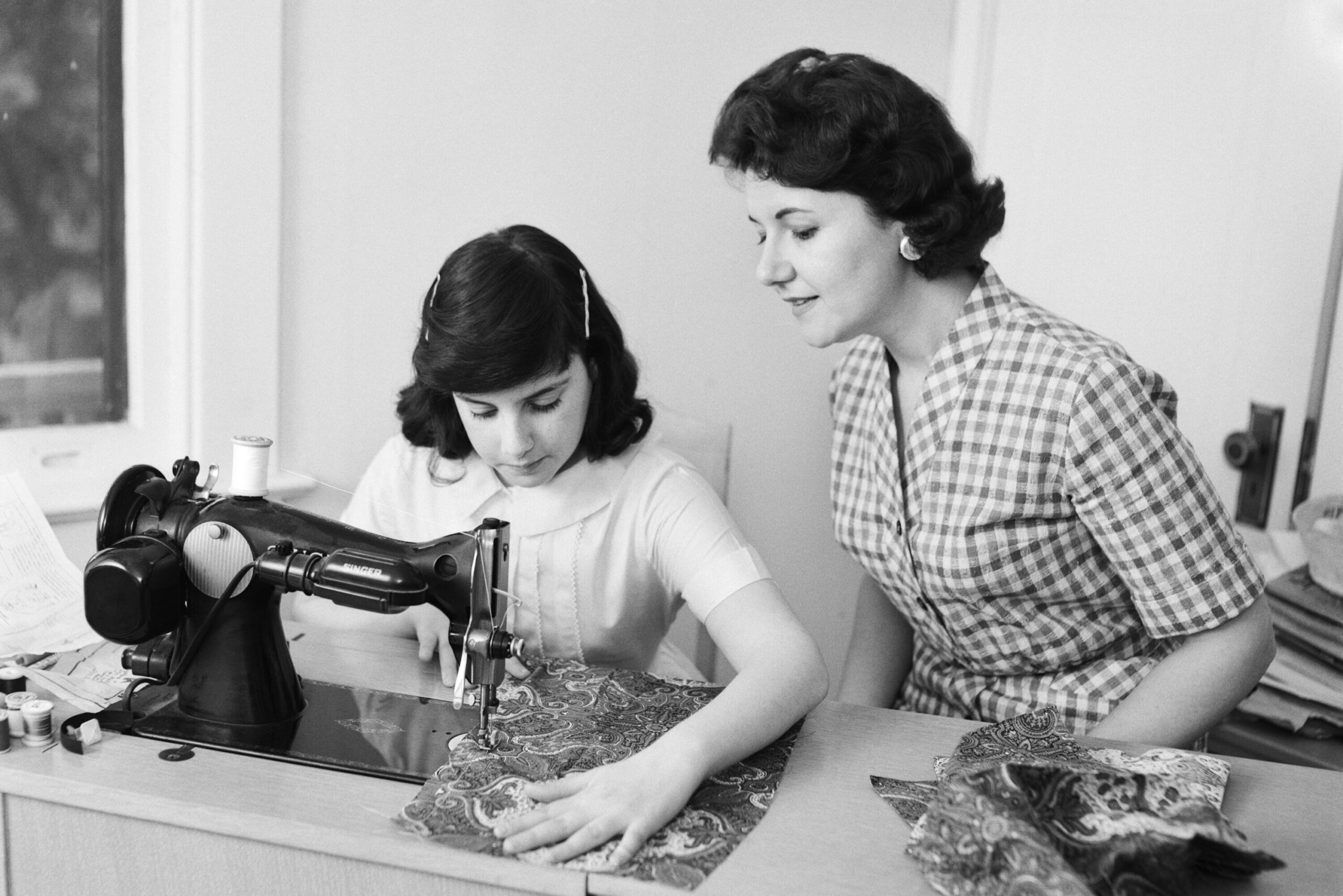
By the time kids in the ’50s were teenagers, they knew how to cook a simple meal, sew on a button, and balance a budget. Schools reinforced these skills with home economics and shop classes. Parents made sure their kids could handle basic responsibilities before adulthood.
Today, life skills sometimes take a backseat to academics and extracurriculars. But teaching kids how to do laundry, cook, or manage money prepares them for the real world. Even young children can learn small tasks, building confidence along the way.
12. Letting Kids Be Bored

Boredom wasn’t a crisis in the ’50s—it was an opportunity. Without instant entertainment at their fingertips, kids had to find ways to amuse themselves. That often led to creativity, problem-solving, and independent thinking. Parents didn’t rush to fill every moment with activities.
These days, structured schedules leave little room for downtime, but boredom can be beneficial. Giving kids space to sit with their thoughts can spark creativity. Sometimes, the best ideas come from moments of stillness.
